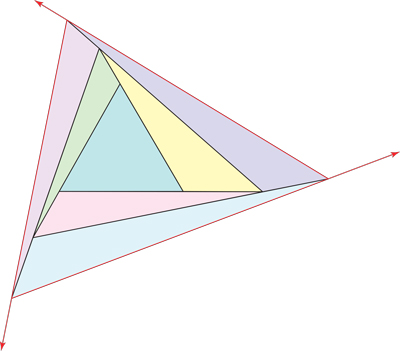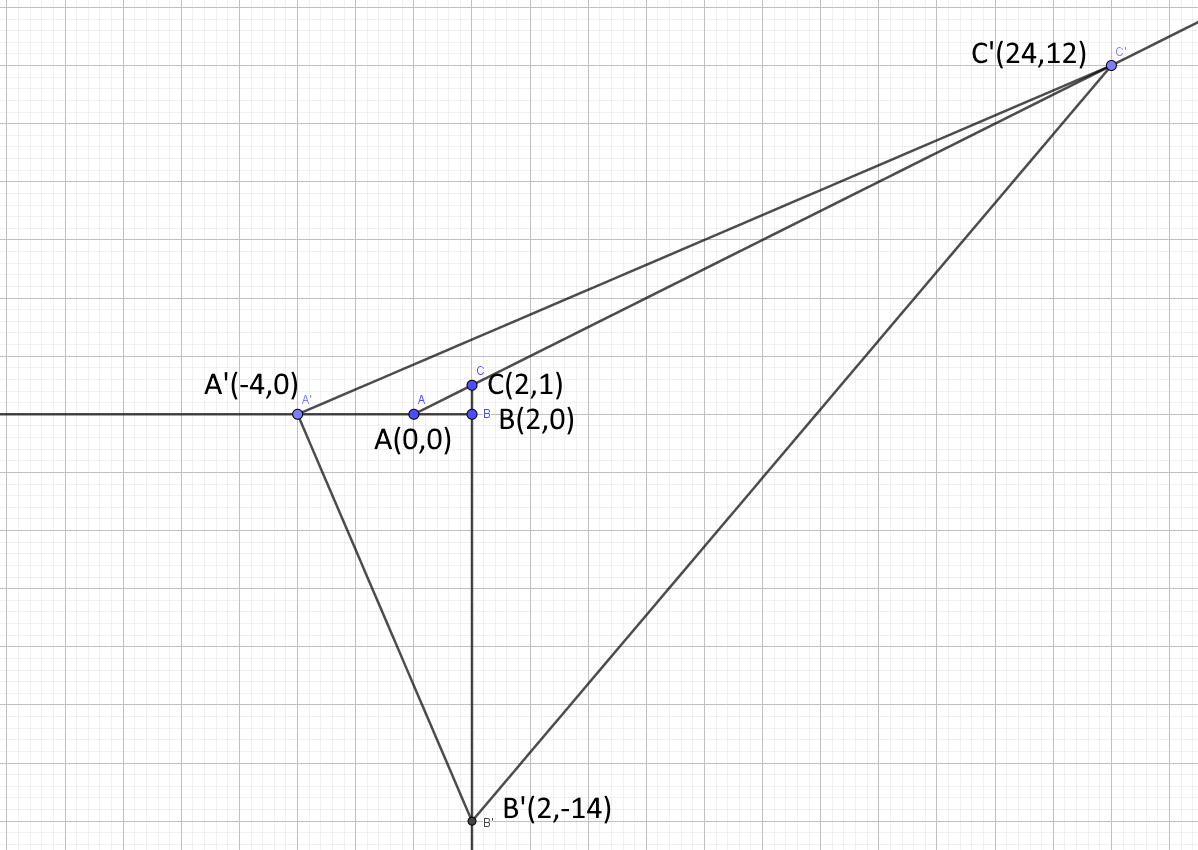Say that two triangles are incommensurate if they do not share an edge length or a vertex angle, and their areas differ. Suppose you'd like to tile the plane with pairwise incommensurate triangles. I can think of at least one strategy.
Spiral out from an initial triangle in the pattern depicted below, with the red extensions chosen to avoid length/angle/area coincidences with all previously constructed triangles.

The central $\triangle$ is slightly non-equilateral. All $\triangle$s incommensurate.
It seems clear that this approach could work, although it might not be straightforward to formalize to guarantee incommensurate triangles. Which brings me to my question:
Q. What is a scheme that details a lattice tiling—all vertices at points of $\mathbb{Z}^2$—composed of pairwise incommensurate triangles?
This requires a more explicit design that effectively describes the triangle corner coordinates in a way that makes it evident that no lengths/angles/areas are duplicated. Without such a clear description, it is not even immediately evident (to me) that it is possible.
The same question may be asked for incommensurate simplex tilings with vertices in $\mathbb{Z}^d$.
See also: Tiling the plane with incongruent isosceles triangles.

